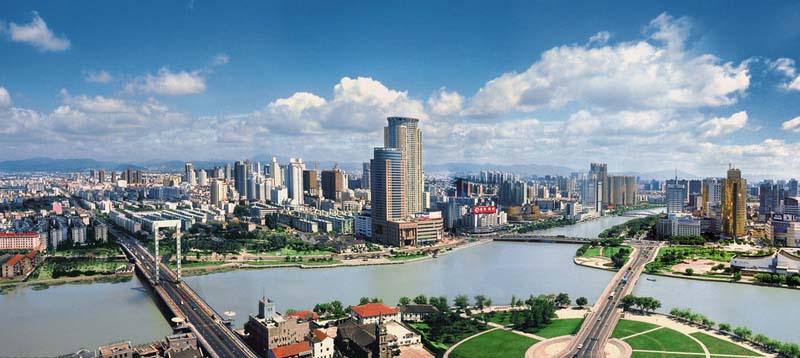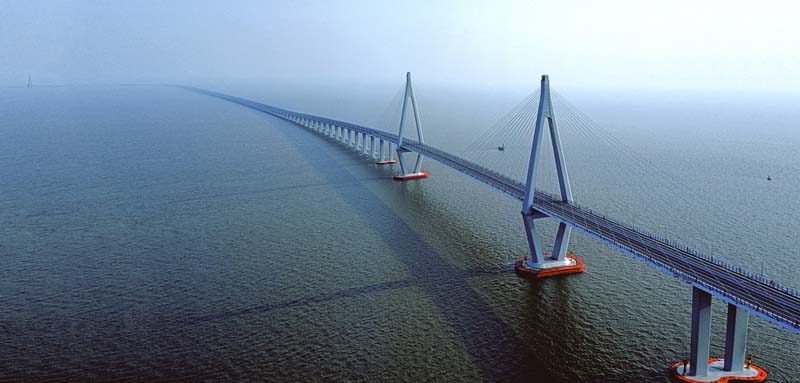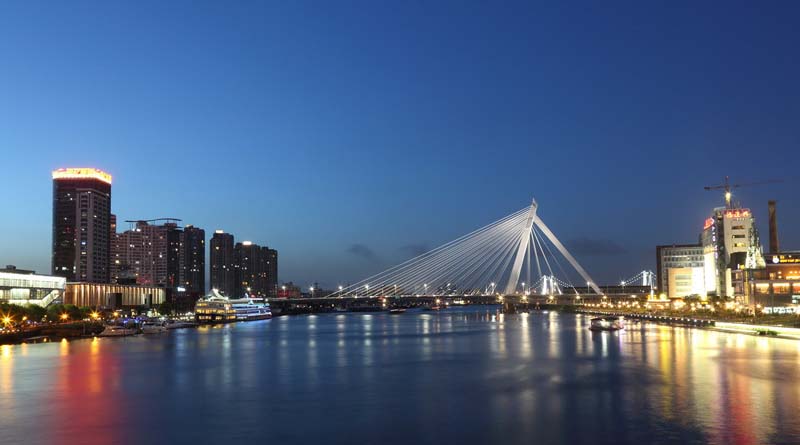- Ningbo
- 2021-03-15
-
Ningbo is centrally located along China's eastern coastline, on the eastern section of Ningshao Plain in Zhejiang Province. Ningbo’s northern boundary is Hangzhou Bay and Sanmen Bay in the south. Zhoushan Archipelago provides a natural border to the east and to the west is the adjacent city of Shaoxing, connecting with Taizhou city. Ningbo occupies a total sea area of 9,758 sq. km and a total coastline of 1,562 km including 788 km of mainland coastline and 774 km of island coastline, which, in all, covers one third of the coastline of Zhejiang Province. By the end 2002, Ningbo had a total population of 5.4619 million, with 2.0141 million in the city proper. Ninety-nine percent are Han Chinese. The main religion is Buddhism. The natives speak a local dialect and the government language is Mandarin.

Ningbo is one of China's oldest cities, with a history dating back to 4800 B.C. originating with the Hemudu culture. Ningbo was known as a trade city on the Silk Road at least 2000 years ago, later as a major port along with Yangzhou and Guangzhou in the Tang Dynasty; thereafter, also the major ports for foreign trade in the Song Dynasty. Ningbo was one of the five Chinese treaty ports opened by the Treaty of Nanjing (signed in 1842) at the end of the First Opium War between Britain and China. The region's climate is sub-tropical monsoon with an average annual temperature of 16.2℃ (62℉). Humidity is high more often than not. It's a good idea to schedule your trip based on what attractions you'd like to see. The mountains and hot springs are better suited to winter visits while some other nature related activities are best saved for warmer months.
The Hangzhou Bay Bridge, a combination cable-stayed bridge and causeway across Hangzhou Bay, opened to public on 1 May, 2008. This structure connects the municipalities of Shanghai and Ningbo, and is considered the longest trans-oceanic bridge in the world, the world’s second-longest bridge, after the Lake Pontchartrain Causeway in Louisiana, USA. The port of Ningbo is one of the world's busiest ports, ranked 4th by cargo tonnage in 2005, and 15th in TEU. Ningbo Lishe International Airport connects Ningbo by air to the rest of China, with regularly scheduled flights within China and to international destinations.

Ningbo is a very important economic hub and port city. Beginning in the 7th century, Ningbo has been center of foreign trade and has since become a major exporter of consumer products, electrical products, textiles, food, and industrial tools. Hangzhou Bay formerly stood between Ningbo and Shanghai, but this barrier was eliminated in late 2008 when the Hangzhou Bay Bridge (at 33km ) was completed, allowing travel to Shanghai in less than two hours. The bridge is already having an impact on the local economy. According to foreign business people in the city property prices are rising dramatically. Industrial land in Ningbo is now twice that of similar land around Shanghai in 2006. It remains to be seen what economic action will be taken to correct soaring property values and whether the correction will be hard or soft. In 2007, Ningbo's economic activity reached USD 56.5 billion, up 33.9% from 2006. The exports totaled USD 38.26 billion, up 33% from the previous year. In addition, Ningbo imported USD 18.24 billion of goods, up 35.7% from the previous year. Ningbo's economy grew 10.1 percent in 2008 to 396.4 billion Yuan (US$57 billion). The city's per capita output was $10,079, more than three times the national average.

How to get there
By bus - Passengers can take the bus at Hangzhou South Bus Station. It takes about 2.5 hours via the Hangzhou Bay Bridge.
By train - About 10 "D" trains run from Hangzhou East Railway Station to Ningbo South Railway Station daily, and take about an hour and a half. An additional 10 trains run from Hangzhou Railway Station to Ningbo daily and average slightly longer travel times.